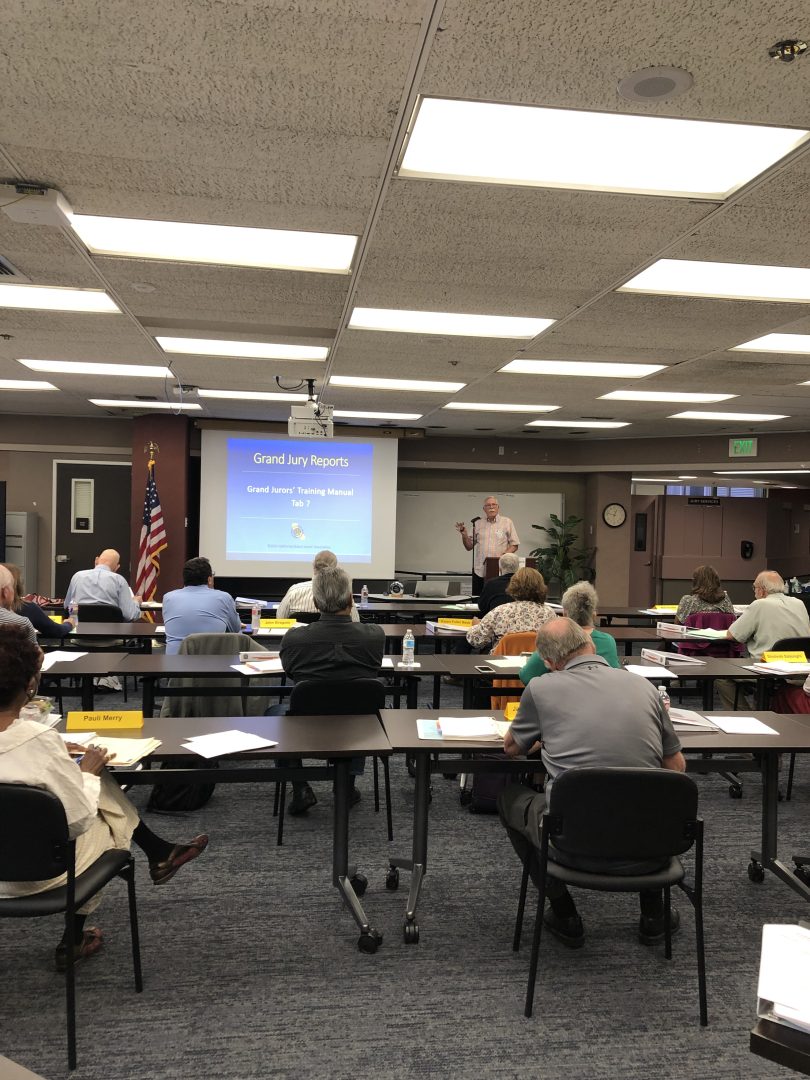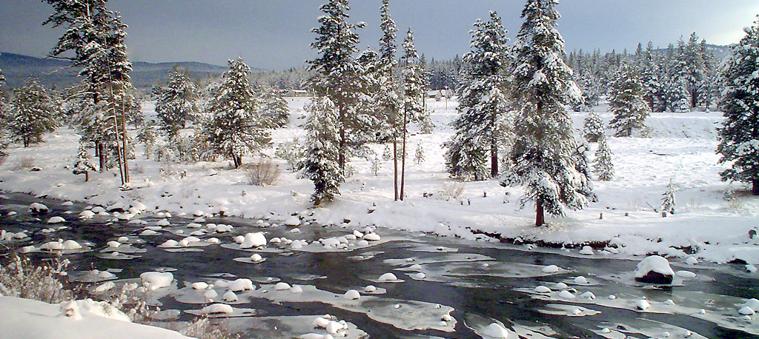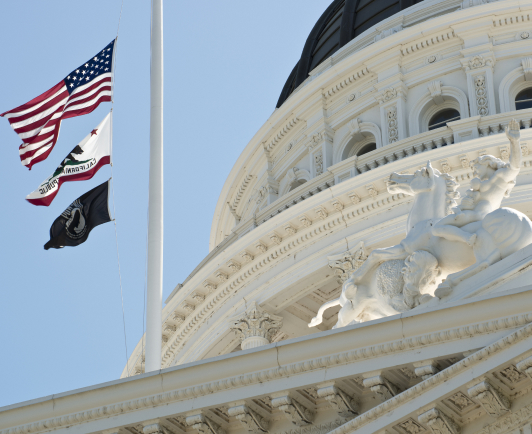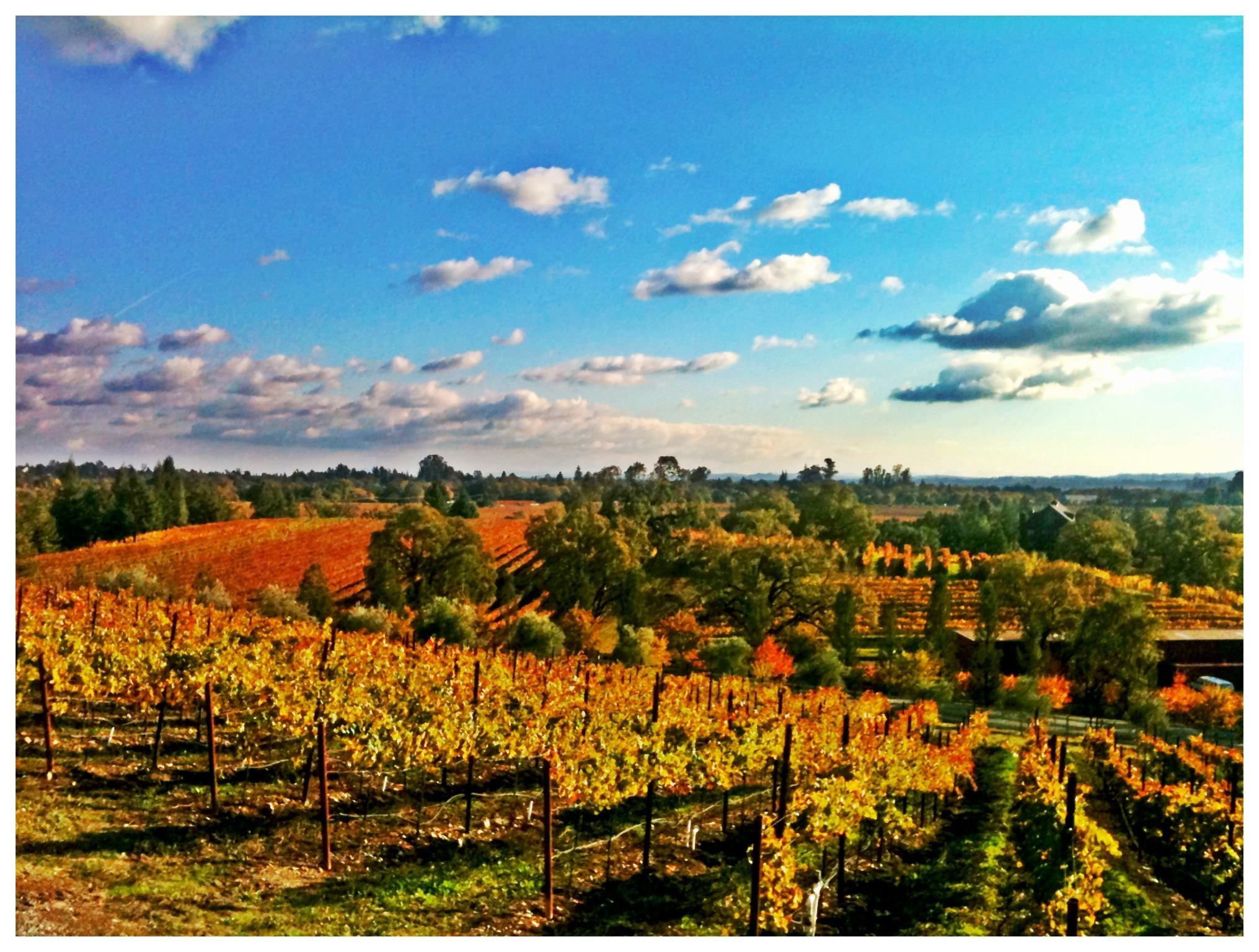MONTEREY COUNTY BOARD OF SUPERVISORS
Civil grand jury findings discussed
By Kyarra Harris
kharris@montereyherald.com
SALINAS >> The Board of Supervisors responded this week to two civil grand jury reports that detailed issues about the cannabis tax revenues and the need for equipment upgrades within the Monterey Fire Department.
During a regular meeting Tuesday, the supervisors voted to approve the responses made by county staff with a few changes to the language for clarification.
In the report about cannabis, the grand jury made eight findings, most of them centering around the county’s insufficiencies in record-keeping.
Finding 2 in the cannabis report states that the 2020 Cannabis Program Strategic Plan should be updated every two years, but was not revised until 2024 causing delays in assessing metrics and whether the program’s goals were being met.
The county staff responded that they partially disagreed with the finding, specifying that the county first adopted the plan in 2018, revised in 2020, then approved again in 2024.
However, supervisors asked to change that response, because the grand jury was referring to previous years.
“We should agree with them on this because they’re referring to 2022 and that’s an accurate assessment by them,” said Supervisor Glenn Church.
Supervisors also made comments about Finding 6, which stated that only a small fraction of the cannabis tax revenues have been allocated toward drug education and prevention.
The board discussed what they heard from residents during town hall meetings in the past and said they remember roads, housing and health as being the top priorities.
The county’s response states that $1.5 million has been allocated toward public awareness and youth prevention since fiscal year 2018-2019.
“A lot of things have changed since 2018,” Church said. “If we do a survey now, it might have a different meaning with this industry being weak, but recovering.”
Supervisor Mary Adams agreed, suggesting the board take another look at notes from previous community meetings to reassess what additional revenue could be put toward.
“I think we should go back and revisit this, because I don’t recall when we did the survey that there was a focus on education,” Adams said. “I know a lot of people said it should go toward health and housing.”
Regarding the Monterey Fire Department, the grand jury recommended that the county work with the administration to implement a plan and timeline for upgrading to a modern fire station alert system by the end of December.
In their response, the county staff said Monterey County’s Emergency Communications Department is working toward implementing fire station alerting for the all the fire departments in the county.
The Fire Chiefs Association has also assigned a project manager from the Monterey Fire Department, and the Emergency Communications Department expects to receive an update on the matter in August.
... See MoreSee Less
Richard Rogers and Bob Finlayson training the Kings County Civil Grand Jury in Hanford, CA. CGJA will train nearly 1200 civil grand jurors this summer making local governments more effective, efficient, transparent, and accountable. 38 trainers training 54 counties … all volunteers. Thanks trainers for your hard work and dedication. 👏👏👏
... See MoreSee Less
SF Public Works is behind in maintenance projects, grand jury report says
SAN FRANCISCO (KGO) -- San Francisco's Department of Public Works is being asked to be more transparent in reporting about city projects.
A civil grand jury found that Public Works has failed to keep up with its maintenance projects and made mistakes during the construction of others.
It's been more than four years since San Francisco Public Work's Director Mohammed Nuru was arrested.
David Anderson, then U.S. Attorney for the Northern District of California, outlined the charges.
"The complaint alleged corruption, bribery, side deals by one of San Francisco's highest ranking public employees," he said in a January 2020 news conference.
Since then, the Department of Public Works has tried to regain the trust of city residents.
For example, despite a citywide shutdown during the pandemic, the department delivered, describing its workers as "flexible, creative, and responsive."
MORE: San Francisco's Muni bus stop sign installations delayed for 9 years
But it wasn't enough. Ten months after Nuru's arrest, voters overwhelmingly decided an oversight commission was needed.
A recent civil grand jury report found the Department of Public Works hasn't always been transparent, and for years, its mindset was "what happens in the department, stays in the department."
"The Department of Public Works got an oversight commission in 2020. Up until then, all of their internal reporting and stuff like that stayed internal, there was not a lot of information that you would find on their website that gave you a detail of a project and the way that project changed over time," said Will McCaa, the head of the Grand Jury Investigation Committee.
The grand jury cites a few examples of projects that went over budget and construction that had some defects.
Fireboat Station number 35: during construction, a storm took out power. The station's bay doors were left open, "resulting in water damage requiring additional labor costs."
MORE: Here's a look at San Francisco's long and expensive trash project
The cleats used to secure fireboats "were too small for the size of the securing ropes."
The video player is currently playing an ad. You can skip the ad in 5 sec with a mouse or keyboard
But DPW told us the initial design was approved by the fire department and, rather than replace them with larger cleats, the fire department had kept them as-is.
The mechanized lifts used for small watercrafts "stopped working, believed to be caused by the corrosive effect of salt air," something that perhaps should have been foreseen given that, overtime, corrosion becomes a problem along the Embarcadero.
But with regard to the lifts, DPW told us that the construction "team brought in specialty marine engineers who made recommendations on the equipment."
The equipment is under warranty.
MORE: SF's water bottle refilling stations are safe, experts say. So, why don't people use them?
The report mentions two other fairly new buildings: Fire Station 49 and the Police Department Traffic Company and Forensic Services Division. They, too, went over budget and have reported some structural problems.
McCaa said DPW should have anticipated some of these issues.
"That's what the city auditor should be looking into and seeing if those judgments turn out to be good," McCaa said.
DPW has 90 days to respond to the grand jury's report, but decided to address some of these findings now.
"To say that projects are not delivered on time or on budget is unfair. We deliver a lot of projects on time and on budget. The Civil Grand Jury pulled out some projects that weren't," said Rachel Gordon, DPW spokesperson.
MORE: SF nearly had its own power grid 100 years ago until PG&E came along. Here's what happened
Gordon says it's not uncommon for costs to run higher than anticipated.
"How much does steel cost at the time, or cement? Is it ever going to be perfect? We know it's not going to be perfect," she said.
On the issue of deferred maintenance, Public Works agreed with the grand jury in that the city has endured years of neglected maintenance because the money hasn't always been there.
"There's not unlimited funding, and it becomes priority and putting projects into the queue," Gordon said.
As the city is dealing with a massive budget deficit, we asked Gordon if she thought DPW would fall behind when maintaining city buildings.
"We've not assessed that that's going to happen. We haven't had that as a red flag that that's going to be happening," Gordon said.
"They do have an idea of what the backlog is. It's a little over $600 million per the last capital plan. The problem is, they don't know the severity of letting that maintenance go unfixed. The longer something goes unfixed, generally speaking, the more expensive it's going to be to fix it," McCaa said.
By Lyanne Melendez KGO
... See MoreSee Less
On Wednesday, May 1 the San Luis Obispo Chapter participated in Community Law Day. This was our fifth year staffing an informational table where we passed out flyers and answered questions. We also presented a PowerPoint presentation on the vital role of the grand jury. This participation helps strengthen our relationship with the Superior Court.
Additional Law Day activities included a judicial address by the Presiding Judge, Honorable Rita Federman. Legal service providers and volunteer lawyers were available to provide legal resource materials and free legal information to the public. There was also a mock trial demonstration by Morro Bay High School students.
Community Law Day is observed to celebrate the role of law in our society and to cultivate a deeper understanding of the legal profession. President Dwight Eisenhower established the first Law Day in 1958 to mark the nation's commitment to the rule of law. In 1961, Congress issued a joint resolution designating May 1 as the official date for celebrating Law Day. Every president since then has issued a Law Day proclamation on May 1 to celebrate the nation's commitment to the rule of law.
... See MoreSee Less








